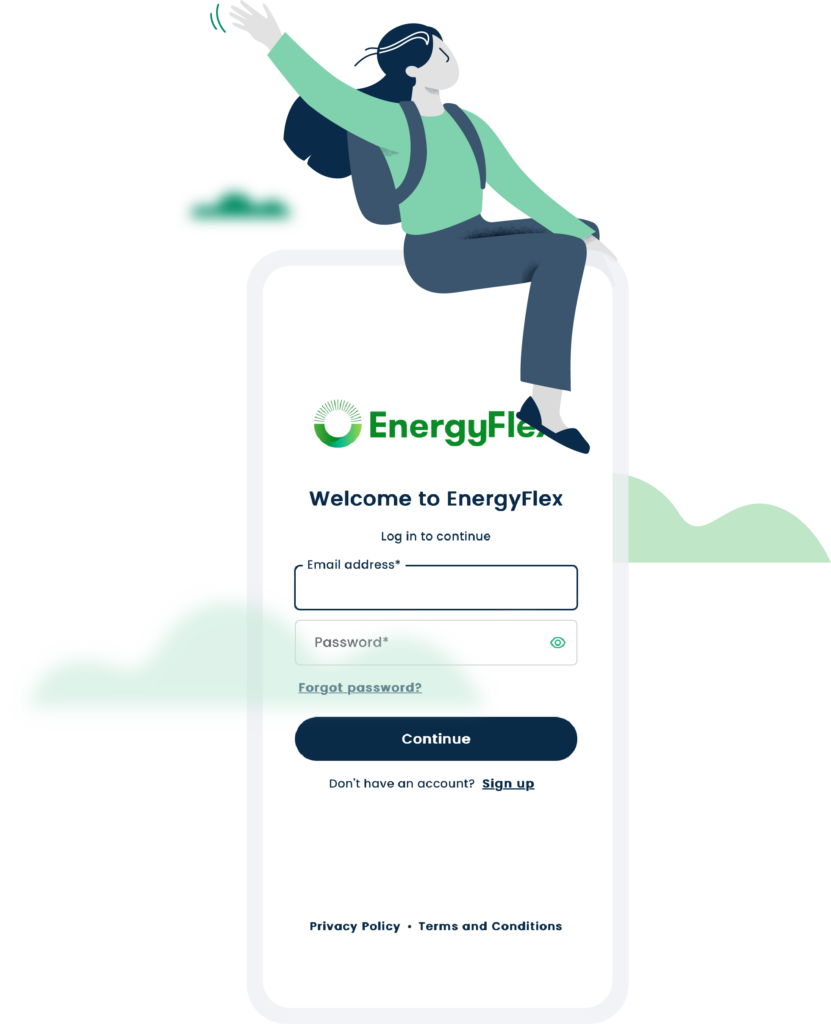The recent announcement of reforms to the Consumer Data Right (CDR) has reignited discussions about its potential to drive positive change. While concerns about complexity, data quality, low consumer uptake, and high implementation costs persist, the government’s commitment to extending and simplifying the CDR by focusing on high-value use cases is a welcome step towards realising its full potential.
At EnergyFlex, we’ve already witnessed the transformative power of the CDR in the energy sector, as well as its potential to help fight climate change.
The proposed reforms, particularly the focus on “action initiation,” hold the key to unlocking significant benefits for consumers, businesses, and the environment.
Action initiation: The catalyst for change
Energy tariffs are intentionally complicated, and comparing plans and providers is time-consuming and frustrating. As a result, many consumers end up on the Default Market Offer, which can be up to 23% higher than the most competitive market offers.
Ideally, energy tariffs should incentivise consumers to use less fossil fuel-generated electricity during peak demand and overnight periods and more renewable sources like solar and wind during off-peak periods.
However, most energy retailers currently incentivise overnight, fossil-fuel-generated energy use through lower tariffs, instead of daytime energy use when renewable energy is abundant and significantly cheaper.
This misalignment occurs because retailers benefit from the complexity and obscurity of energy charges. They are only legally required to simplify their bills through standard layouts, not the tariffs themselves, and lack any real incentive to offer tariffs that support the renewable energy transition.
Action initiation, or “write access,” is a key reform that can change this. It allows accredited CDR data recipients or CDR representatives like EnergyFlex to not only analyse a user’s Open Energy data but also initiate a switch to a more suitable, cheaper, and cleaner energy plan. This eliminates the current friction and confusion consumers face when navigating the complex energy market, putting the power back in their hands.
CDR and the climate change fight
The potential of Open Energy data to help combat climate change is immense.
Australia’s domestic greenhouse gas emissions per capita are among the highest in the world. The country is also a significant contributor to global carbon emissions. This is incompatible with Australia’s legislated target of net-zero emissions by 2050.
Electricity production from fossil fuels is a primary contributor to Australia’s emissions. It’s also one of the easiest to reduce, thanks to the country’s abundant renewable energy sources. The problem is that much of this cheap, clean energy goes to waste because generation causes low apparent demand on the grid, and current tariff structures do not incentivise use at these times. This works directly against the energy transition and keeps electricity costs high.
If Australians continue their current energy usage habits, electricity prices will keep increasing, meeting net-zero emissions targets will become more challenging, and progress towards a sustainable and low-carbon future will be delayed.
The CDR offers a solution. When consumers have frictionless access to their Open Energy data, they can better understand their energy use and the financial and environmental impact of shifting their consumption patterns to align with renewable generation.
To enhance the CDR’s effectiveness, a standardised approach to data sharing in the energy sector is crucial. Energy retailers should be required to provide their plan data in a consistent format, enabling third-party providers like EnergyFlex to offer transparent and easily comparable energy plans to consumers.
This will eliminate confusion, empower consumers, promote transparency, and increase competition in the energy space, leading to the development of energy plans and tariffs that incentivise renewable energy use and drive down Australia’s carbon emissions.
The EnergyFlex use case
EnergyFlex’s success in helping users reduce their energy bills and carbon emissions demonstrates the power of CDR-enabled innovation. By analysing smart meter data and providing tailored recommendations, we empower consumers to make informed decisions about their energy use, saving them money and contributing to a cleaner future.





